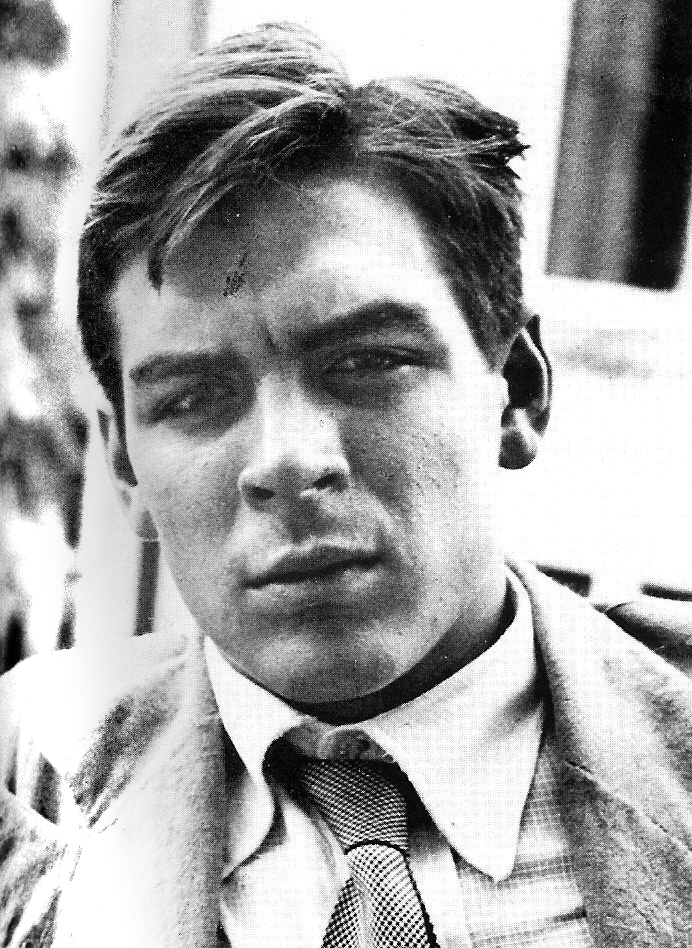On this date in 1928, revolutionary Ernesto “Che” Guevara was born in Rosario, Argentina. Guevara began to study medicine in 1948 at the University of Buenos Aires but interrupted his studies to take trips around Latin America. It was on one of these trips that he wrote his famous Motorcycle Diaries. On his journey he became more aware of poverty and inequality throughout Latin America, an experience that strongly influenced him throughout his life. He resumed his studies in Argentina in 1953 and finished medical school, almost immediately resuming travel through South and Central America.
Guevara met Raul Castro in Mexico and soon after joined the Cuban guerillas to fight against dictator Fulgencio Batista. He married Aleida March in 1959 and they had five children: Hilda, Aleida, Camilo, Celia and Ernesto. Guevara became a leader in Cuba’s revolution and as a military adviser led troops. As part of Fidel Castro’s government, Guevara was put in charge of La Cabana Fortress prison in 1959. It is believed between 156 and 550 people connected with Bastista were executed there on Guevara’s orders, outraging the international community. He was named finance minister and president of the National Bank, where, in order to show his disdain for money, he signed bills with just his nickname Che.
He was known for advocating for the poor, for being uncompromising, confrontational and a “true believer” in communism, killing political enemies without compunction. Guevara employed guerrilla warfare in Cuba, Bolivia and the Congo. The CIA-backed Bolivian military executed him on Oct. 9, 1967, while he was trying unsuccessfully to incite the people of Bolivia to rebellion. One of the most controversial figures of the 20th century, he is remembered by some as a cultural icon and by others as a ruthless ideologue and murderer. (D. 1967)

